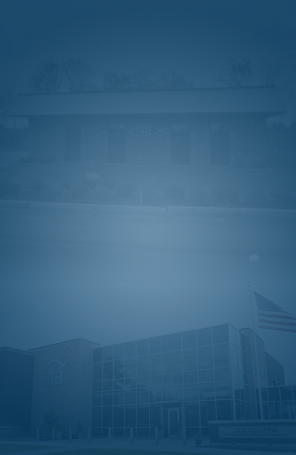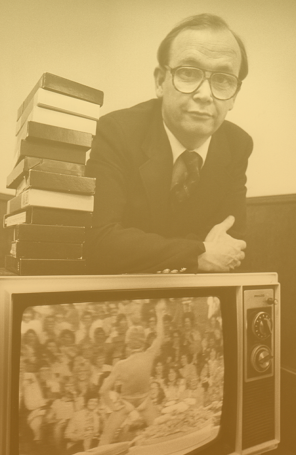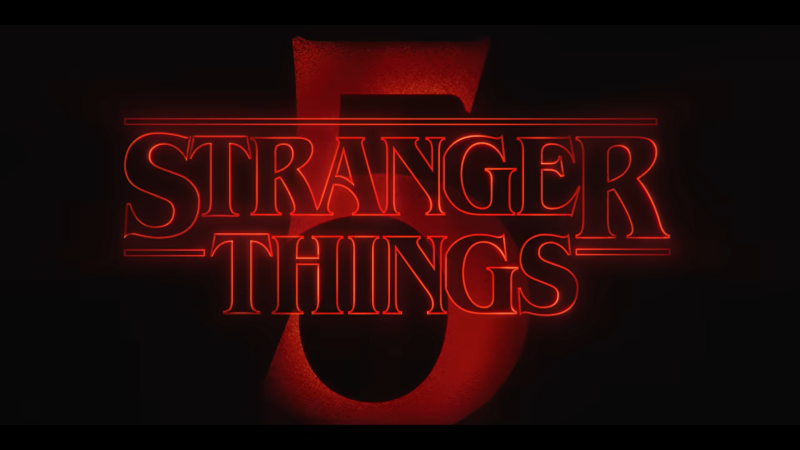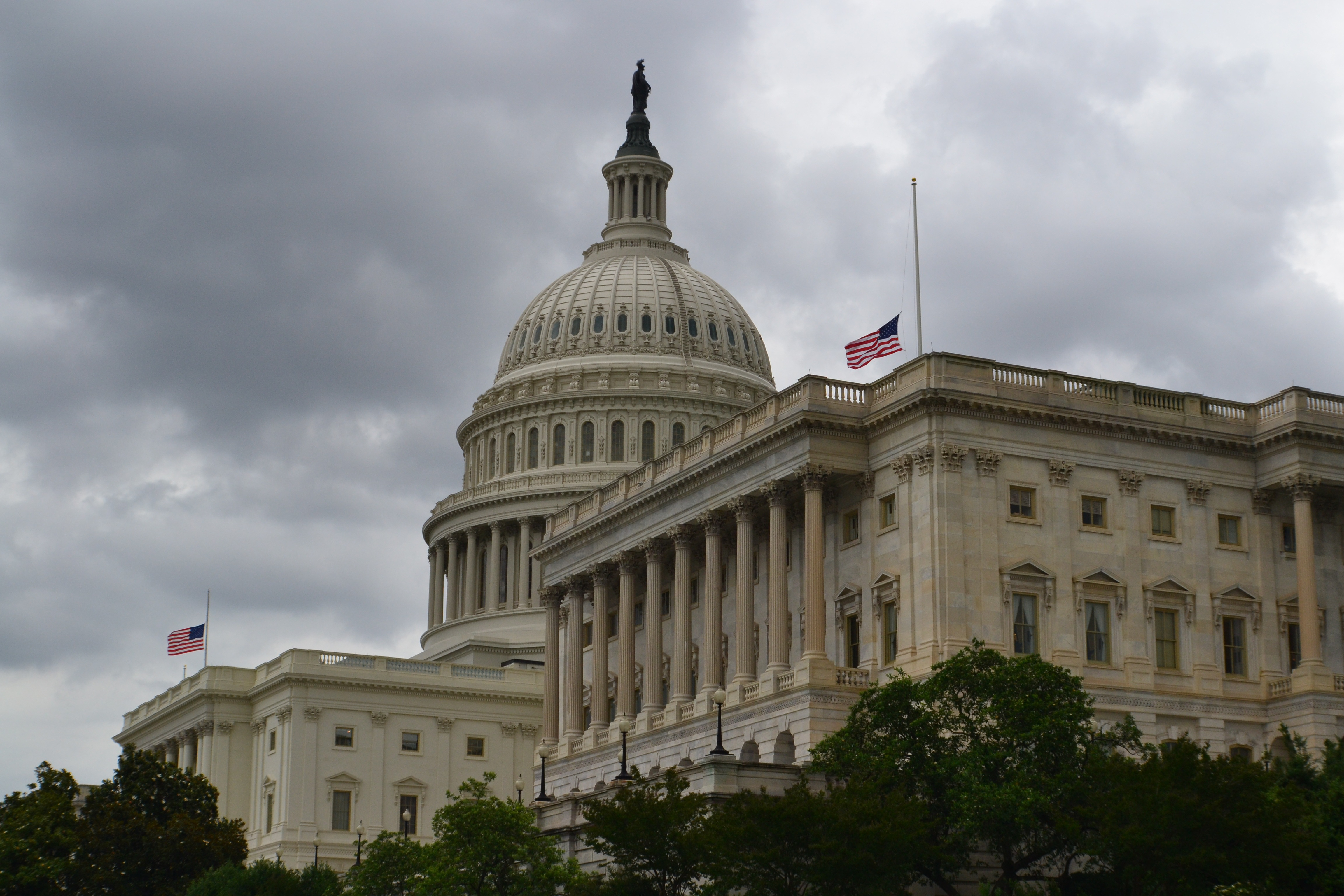Yes, Barack, Democracy Is on the Ballot, Just Not the Way You Think
Sign up for a six month free
trial of The Stand Magazine!
Both former President Barack Obama and the current DNC chairman, in an effort to scare Democrats enough to get out and vote, said last weekend that democracy itself is on the ballot in November.
Here is the former president: “You need to vote because our democracy depends on it.”
And here is Tom Perez, the DNC chair, in the exact same vein: “Frankly, our democracy is on the ballot.”
Both men are right, but not in the way they think. What is on the ballot in actuality is a choice between a democracy and a republic. A democracy, formed from the two Greek words demos (“people”) and kratos (“rule, strength, might”), is a form of government in which the people themselves directly make every important decision. Every piece of legislation is put to a vote of the people.
A republic, on the other hand, is profoundly different. In a republic, it is the representatives of the people, not the people themselves, who make every important decision. Every piece of legislation is designed to represent the will of the elected representatives of the people.
The Founders knew that a straight-up democracy was simply a recipe for mob rule. And mob rule is simply another word for anarchy and social and civil turbulence. The Founders were so cautious about the dangers of a “democracy” that, in the form of government they established, only one major decision was placed squarely in the hands of the people: the election of representatives. That was it.
The president is not elected by the people (much to Hillary’s outrage), but by electors who have been chosen by the people to pick a president for us. Initially, senators were not elected by the people, but by the legislators in the respective states. (This provision was unfortunately scrapped by the 17th Amendment). And judges are not chosen by the people, but nominated by the president (who is chosen by electors rather than the people) and confirmed by the Senate (chosen originally not by the people but by the state legislatures).
Thus, with one lone exception, every significant public office in our central government is filled, not directly by a vote of the people, but indirectly by those the American people have elected to make such decisions for us. That is what a republic looks like, and it is the surest system of governance if the goal is stable and secure leadership.
The Founders were all too aware of how easily the people can be whipped by misinformation, demagoguery, and hype into an irrational fervor and be driven in directions that would destroy public peace if they were allowed to dictate public policy. Antifa, Black Lives Matter, violent student protests against conservative speakers, and noisy agitators disrupting hearings for Supreme Court posts are just some examples that come immediately to mind. All of those are examples of democracy in action.
But the Founders had a better way. Allow the people the opportunity to choose wise, experienced, and mature leaders who would then be directed to deliberate together in calm environments with well-established rules in place to ensure that every view is heard and debated before votes are taken.
After the Constitutional Convention in 1787, a lady approached Dr. Franklin with this question: “Well, Doctor, what have we got, a republic or a monarchy?” “A republic,” replied Franklin, “if you can keep it.”
Franklin was well aware that a republic can be a fragile thing if placed in the wrong hands. This is because the inevitable pull of a fallen society is in the direction of democracy, disorder, and mob rule.
Our Constitution establishes a republic, not a democracy. We’d better elect people in November who understand that and believe it, or liberty itself will soon be at stake.

Sign up for a free six-month trial of
The Stand Magazine!
Sign up for free to receive notable blogs delivered to your email weekly.



















